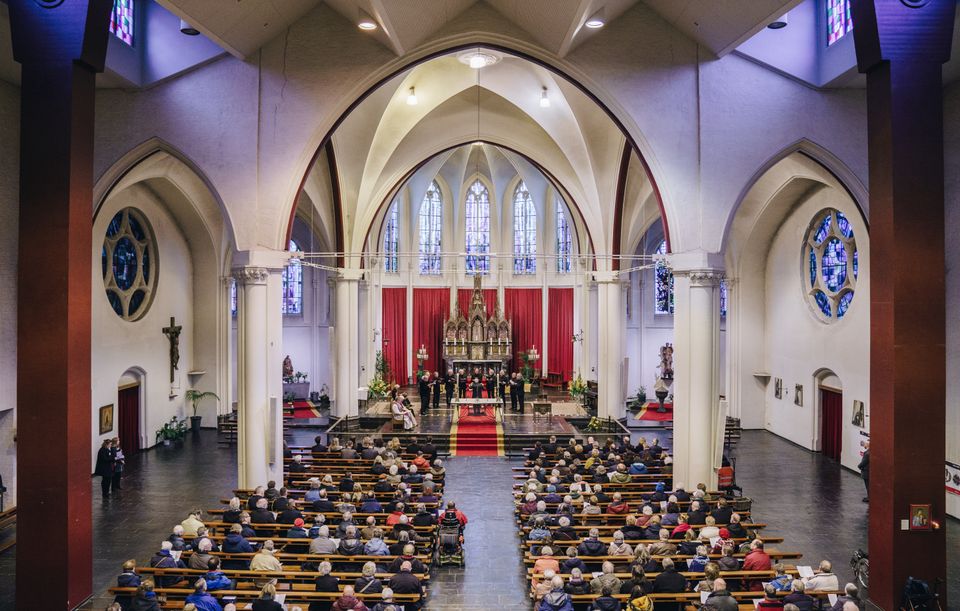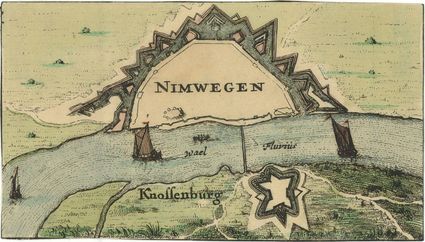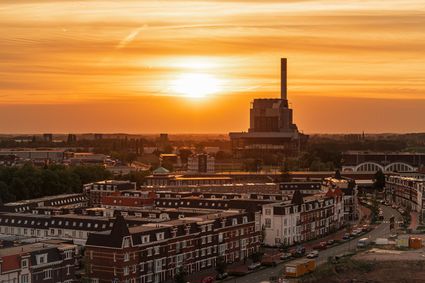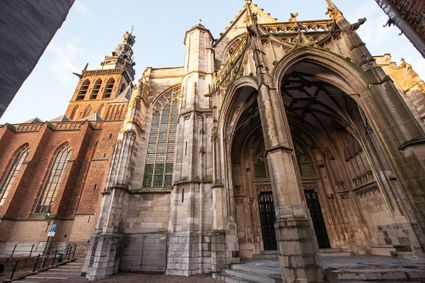Petrus Canisius, the son of the mayor of Nijmegen and a saint
Nijmegen is bursting at the seams with historical stories, ranging from leading figures to ordinary people, from neighbourhoods to political events. The Canon of Nijmegen encompasses the most important stories about Nijmegen’s history. One of these stories tells the tale of Petrus Canisius, the son of the mayor of Nijmegen and a defender of the Catholic faith. Who was he, and why was he canonised?
Petrus Canisius’s name is closely associated with Nijmegen yet he only spent the first fifteen years of his life in the city. After his departure, he made a name for himself all over Europe as a defender of the Catholic faith.
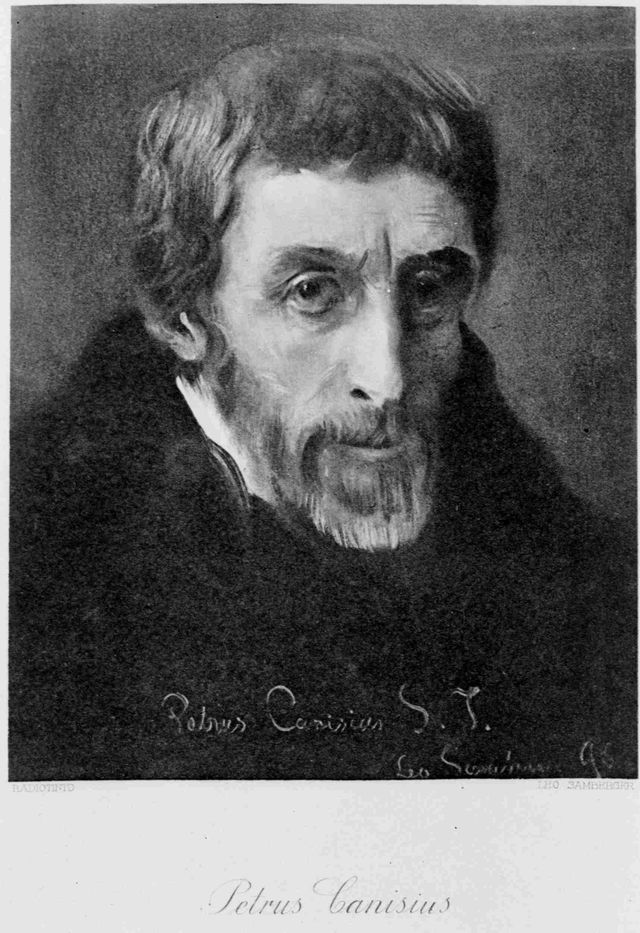 A watercolour of Petrus Canisius
A watercolour of Petrus Canisius
1521-1543: born and raised in Nijmegen
In 1521, Petrus Canisius, or Peter Kanis, was born in the Broerstraat as the son of the mayor of Nijmegen at the time, Jacob Kanis. After he finished his education in Cologne and Leuven, he was the first Dutchman to join the newly founded order of the Jesuits in 1543. This was the time of the Counter-Reformation, the reform movement within the Catholic Church which had to counteract the Reformation.
Commissioned by his superior, Peter Canisius travelled through Europe as a Jesuit to strengthen the Catholic Church. He participated in the Council of Trent, where the Catholic doctrine in response to the Reformation was defined. Additionally, he founded Jesuit houses and colleges in several German-speaking countries. Although he was one of the frontrunners of the Counter-Reformation, Canisius had a tolerant and mild attitude toward dissenters. In 1597, he died in Fribourg (Switzerland) at the age of 76.
1543-1597: travelling through Europe to strengthen the faith
Petrus Canisius rose to fame because of his Catechism which was written in Latin – the first edition of which appeared in Vienna in 1555. This work, based on the Bible, tradition, and the Church Fathers, is a counterpart to Luther’s Catechism of 1529. In the form of questions and answers, the catechism covers the entire Catholic doctrine of faith. In addition to a complete edition, Canisius also wrote a short catechism for schoolchildren, and an even more abbreviated one for young children. This condensed version has had more than a thousand editions and at least 25 different translations.
 A statue of Petrus Canisius, made by Toon Dupuis in 1927
A statue of Petrus Canisius, made by Toon Dupuis in 1927
1636: from birthplace to chapel
Petrus Canisius maintained regular correspondence with his relatives in Nijmegen throughout his life, but he rarely visited his hometown after he turned fifteen. He visited once after his father’s, Jacob Kanis, death in 1543, after which he paid two more fleeting visits.
Even so, he wasn’t forgotten in Nijmegen. Jesuits from Emmerich bought his birthplace in the Broerstraat as early as 1636 and transformed it into a chapel. During the eighteenth and nineteenth centuries, Jesuits managed to keep the memory to their fellow townsman with European allure alive in Nijmegen, and Petrus Canisius was canonised in 1925. Two years later, his statue was erected in the Hunnerpark. Since then, Petrus Canisius has become more closely associated with Nijmegen in a number of ways, with the city having the Canisius College – run by Jesuits in 1900-1970s – a Canisius Hospital (1926), and a Canisiussingel.
Immerse yourself in the rich history of the oldest city in the Netherlands, because Nijmegen has a lot of stories to tell you. Curious? You can read all about it in this historical timeline.
